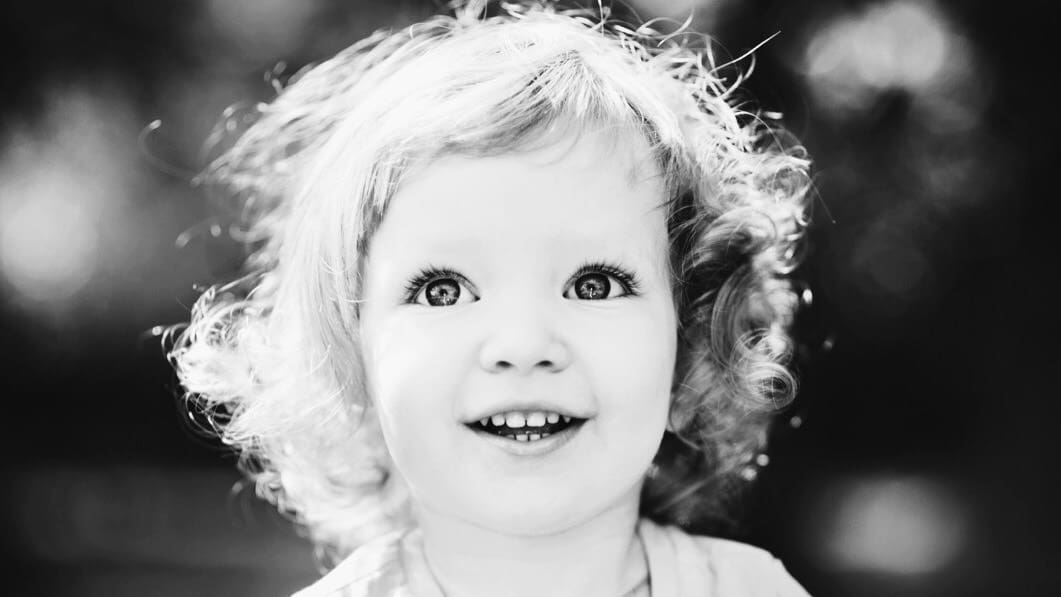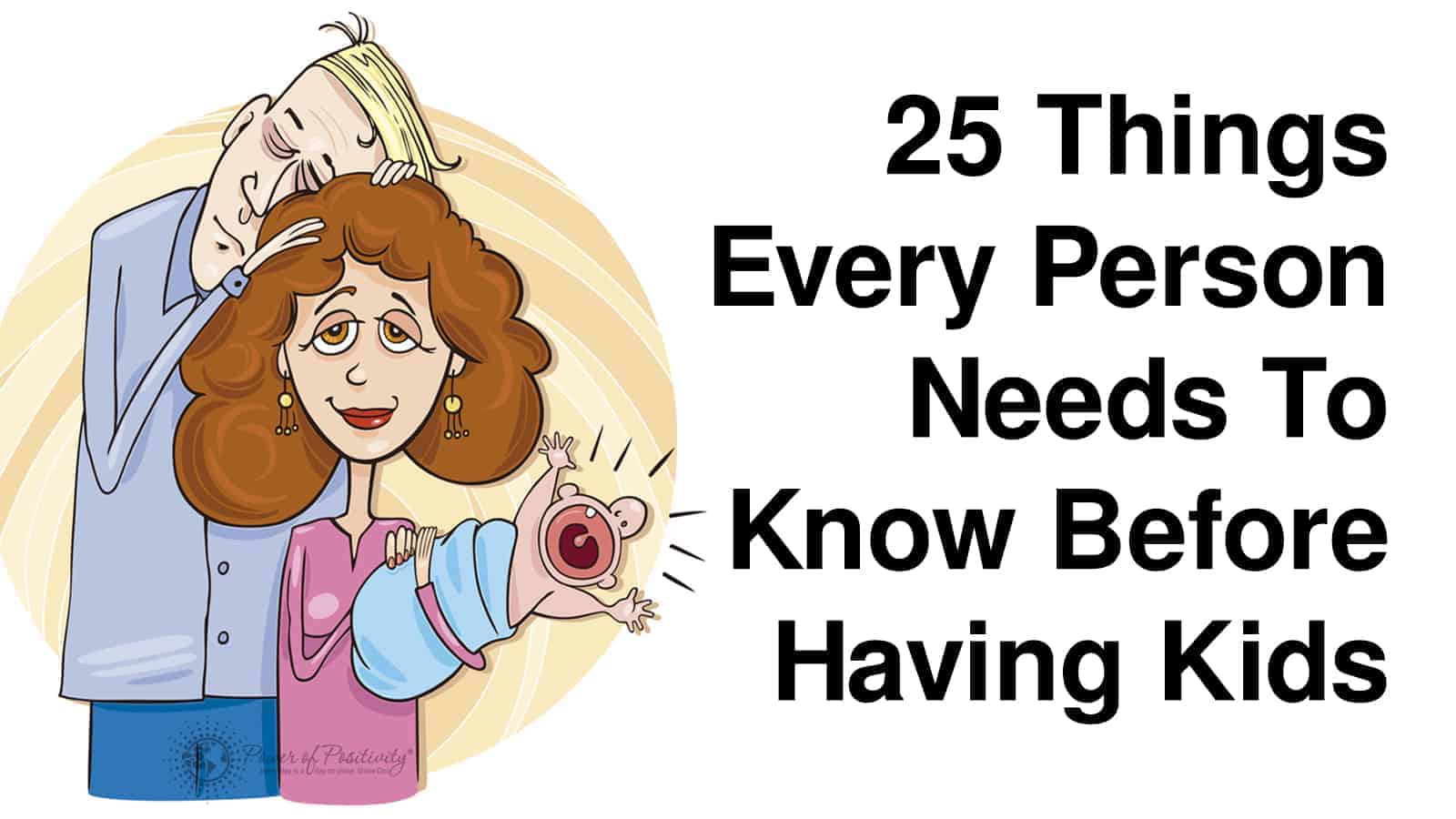Being anxious affects one in eight children. Studies show that children with untreated anxiety are more likely to engage in substance abuse, under-perform academically, and remove themselves from important social development experiences.
“Anxiety is a normal part of childhood, and every child goes through phases. A phase is temporary and usually harmless. But children who suffer from an anxiety disorder experience fear, nervousness, and shyness, and they start to avoid places and activities.” ~ Anxiety and Depression Association of America
According to the Anxiety and Depression Association of America (ADAA), 80 percent of children with a diagnosable anxiety disorder are not getting treatment. This is particularly troublesome considering that the brain undergoes tremendous growth during childhood; thus, increasing the chances that the anxiety becomes hardwired.
In this article, we’re going to discuss signs of childhood anxiety, how to reduce a child’s anxiety, and other possible treatment options.
Signs of Childhood Anxiety
Parents of a young girl named Ella share their story:
“Ella was a worrier. Every morning, she worried that she wouldn’t make the bus on time, even though she hadn’t missed it once all year. And every afternoon, she worried that she wouldn’t get her favorite spot at the lunch table, or that she might have a pop quiz in science class and wouldn’t be prepared. At night, she worried about getting her homework done and whether her clothes would look right at school the next day.”
As you can gather from these parents’ story, child anxiety is quite apparent provided adequate attention is being given. Anxious kids display their anxiety in many ways – at home, school, and in social settings.
Per kidshealth.org, kids suffering from anxiety will have one or more of the following signs:
– excessive worry most days of the week, for weeks on end
– trouble sleeping at night or sleepiness during the day
– restlessness or fatigue during waking hours
– trouble concentrating
– irritability
Things that reduce childhood anxiety
When children experience chronic anxiety, it’s easy for parents to fall into the trap of trying to protect their child. However, overprotection is counterproductive to relieving anxiety – and exacerbates many of the symptoms.
Per the Child Mind Institute, here are 10 pointers for helping children escape the cycle of anxiety
1. Understand that eliminating anxiety isn’t the goal – but managing it.
It can be discouraging to see your kid deal with anxiety. It’s painful for us. But as much as we would like to get rid of everything that causes anxiety, it’s just not possible.
Instead, it’s all about teaching the child to tolerate their anxiety as best they can, even when they’re anxious.
Eventually, the anxiety will subside.
2. Allow the child to confront their anxiety.
While helping children avoid the things they’re afraid of may help in the short-term, it exacerbates the problem in the long run.
It’s important for parents to understand that pulling their child out of every anxiety-provoking situation reinforces avoidance – a poor coping mechanism for anxiety and stress.
3. Set positive and realistic expectations.
Setting positive and realistic expectations is all about instilling a sense of self-confidence. Often, expressing confidence that your child will be okay allows them to manage their anxiety well enough to see things through.
4. Respect, but don’t empower, thoughts and feelings.
You don’t want to belittle your child’s anxiety, but you don’t want to amplify it either. If your child is fearful about going to the doctor, address (don’t ignore) her concerns.
Listen and be empathetic, and say something along the lines of “I know you’re scared now, and that’s okay. We’ll get through this together.”
5. Don’t ask anticipatory questions.
If you have a vague feeling that something may be bothering your child, make sure to ask open-ended questions – and not leading them.
For example, the question “How is studying going for your exams?” encourages your child to express themselves more than “Are you anxious about your mid-terms?”
6. Don’t reinforce their fears.
In other words, don’t give your child a reason to be afraid. If your child has a negative experience with a bully, for example, the last thing you want to do is give him or her a reason to fear the big, strong kid in class.
Again, empathize and listen. If you don’t know how to respond, do some research and come back to the discussion. Whatever you do, don’t say “there’s a good reason for your fear” unless there is.
7. Motivate the child to tolerate her anxiety.
It’s important to let your child know how proud you are of them enduring anxiety. Anxiety and fear aren’t easy things for anyone to contend with, much less a young child.
We should know that we all possess what is called the “habitation curve.” As we are exposed to the thing(s) that we fear, we slowly but surely get over them; which is precisely what a child – and all of us, for that matter – needs to do.
8. Make sure to reach a conclusion.
We all live busy lives and may leave things unfinished from time to time. However, adequately addressing your child’s anxiety issues isn’t something to put off.
Commit to finding a resolution and resolve to keep that commitment no matter how long it may take.
9. Set a good example.
If your child is dealing with stress and anxiety issues, the best thing you can do is keep a stiff upper lip about your problems.
Again, stress and anxiety hit all of us. If you must release some pent-up tension, do it away from the child. Certainly, do not involve the child in such scenarios.
10. Listen with full intent.
When we’re dealing with a child who is obviously anxious, we’d be wise to lend an attentive ear. Not only is this part of being an adult, but attentively listening to a troubled child both sets a good example and helps to reach a solution earlier.














 Community
Community

